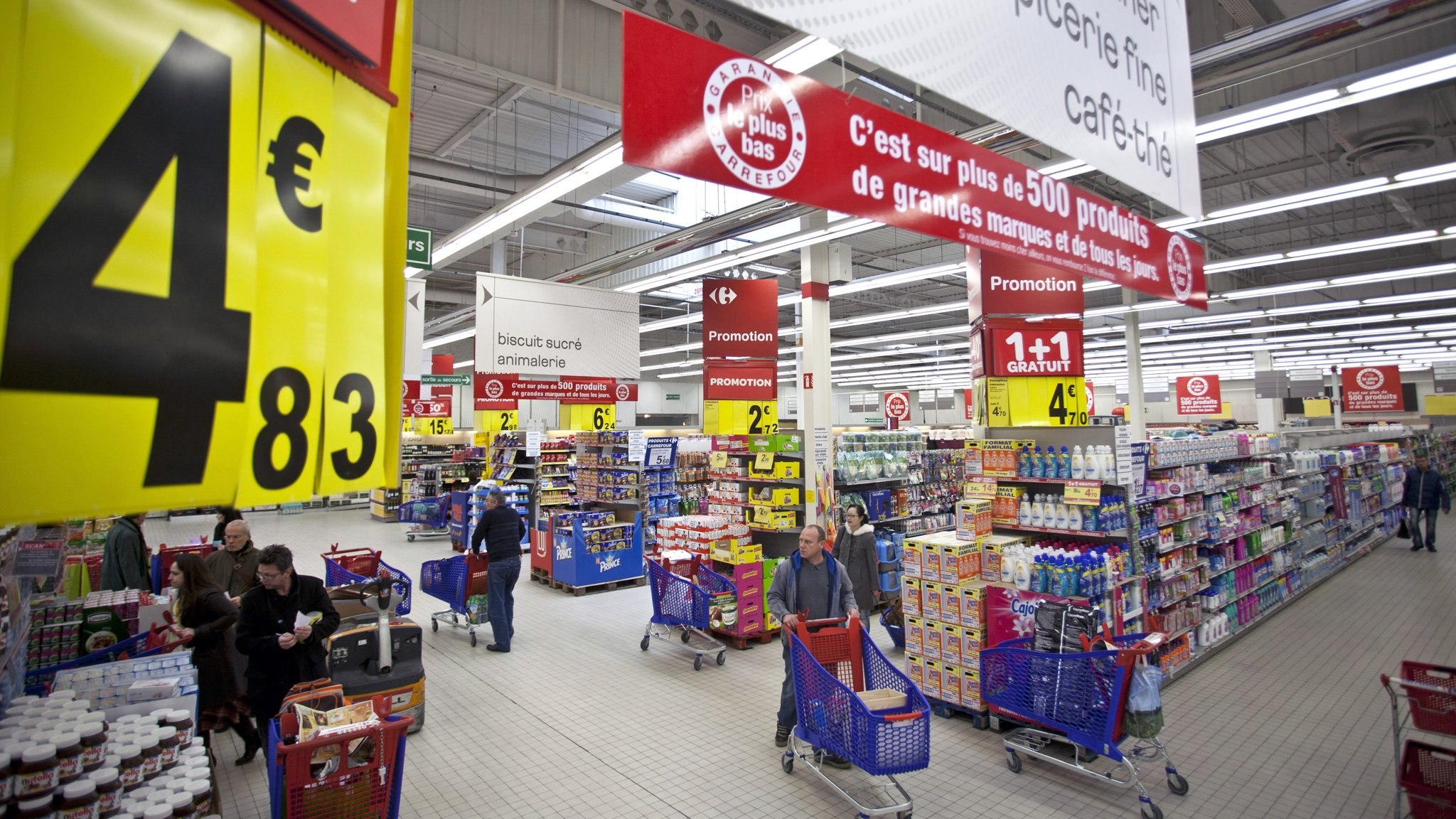Europe has not been doing well. In 2016, GDP per capita for the eurozone as a whole finally returned to pre-crisis levels. It is claiming victory in Spain—even though unemployment remains near 20% and youth unemployment is more than twice that—simply because things are better today than they have been since the euro crisis began a half decade ago.
Greece remains in a severe depression. Growth for the eurozone over the past year has been an anemic 1.6%, and that number is twice the average growth rate from 2005 to 2015. Historians are already speaking of the eurozone’s lost decade, and it’s possible they’ll soon be writing about its last decade, too, news outlets reported.
One of the burning questions that will vex global investors in 2017 is whether the euro will still be in existence by the end of the year. That may seem a bit of a shocker to comprehend, as the euro enjoys a little year-end short squeeze–but without a doubt the single currency looks set to have an extremely rough ride this year.
A dangerous cocktail of negative factors will prove its undoing this year, its 16th in existence after it was introduced to world financial markets as an accounting currency on January 1, 1999.
But weak economics, dodgy money, bad budgets and ugly politics will all have it in for the euro. Eurozone policymakers will be pushed to the limit to stop the currency going over the edge of a precipice.
Despite its year-end flurry, the euro remains perilously poised above parity against the US dollar.
Killing the QE?
Weak economics remain at the root of the currency’s vulnerability. Germany may be showing some brighter glimmers of life going into 2017, but, outside, most of the eurozone is a zombie economy, kept alive by a surfeit of cheap and easy money from the European Central Bank’s super-stimulus program. But that’s not going to last forever.
There is no plan to cut back the ECB’s asset-purchase program just yet, but clearly there are already discussions going on in Frankfurt backrooms to kill QE at some stage.
The ECB’s favored inflation indicator, the 5-year break-even forward rate, is already back up to 1.7% after touching a 1.3% low last year. This will be setting off ECB alarm bells, especially as the demand for credit has accelerated sharply in the last two years. Worries about asset bubbles forming will only harden Germany’s resolve to stop the monetary overkill as soon as possible.
Once QE’s taps are turned off, that’s when the trouble begins.
Cheap Money
It is no surprise European public opinion is splintering and euro scepticism and political populism are on the rise.
With the ECB’s cheap money crutch kicked away, consumers, businesses and investors in the more vulnerable eurozone economies will start to feel the pinch. Unemployment rates in Italy, Spain, Portugal and Greece are still too high and economic confidence levels still too low to warrant any extension of spontaneous recovery.
Without the ECB’s monetary pump, these economies will be in trouble again pretty quickly. With burgeoning budget deficits and groaning government debt piles–183% in the case of Greece–there is nothing left to reflate recovery, unless it comes from Germany re-cycling its fiscal surplus. And the odds of that happening are about as high as hell freezing over.
Weak Getting Weaker
The hope was that fiscal and monetary discipline would result in convergence, enabling the single-currency system to work even better. Instead, there has been divergence, with the rich countries getting richer and the poor getting poorer, and within countries, the rich getting richer and the poor getting poorer, Fortune reported.
But it was the very structure of the eurozone that predictably led to this. The single market, for instance, made it easy for money to leave the banks of the weaker countries, forcing these banks to contract lending, weakening the weak further.
Chaos would ensue. Divergence trades would go ballistic, there would be a major flight out of global risk assets and safe haven demand would go through the roof. In short, global investors would be praying for the return of the old German mark for salvation.


